How To Fix Microphone On Windows 11?
Microphones play an essential role in modern computing, from enabling communication during online meetings to recording audio for creative projects. However, encountering issues with your microphone on Windows 11 can be frustrating. This article aims to provide a comprehensive solution for diagnosing and fixing microphone problems in Windows 11.
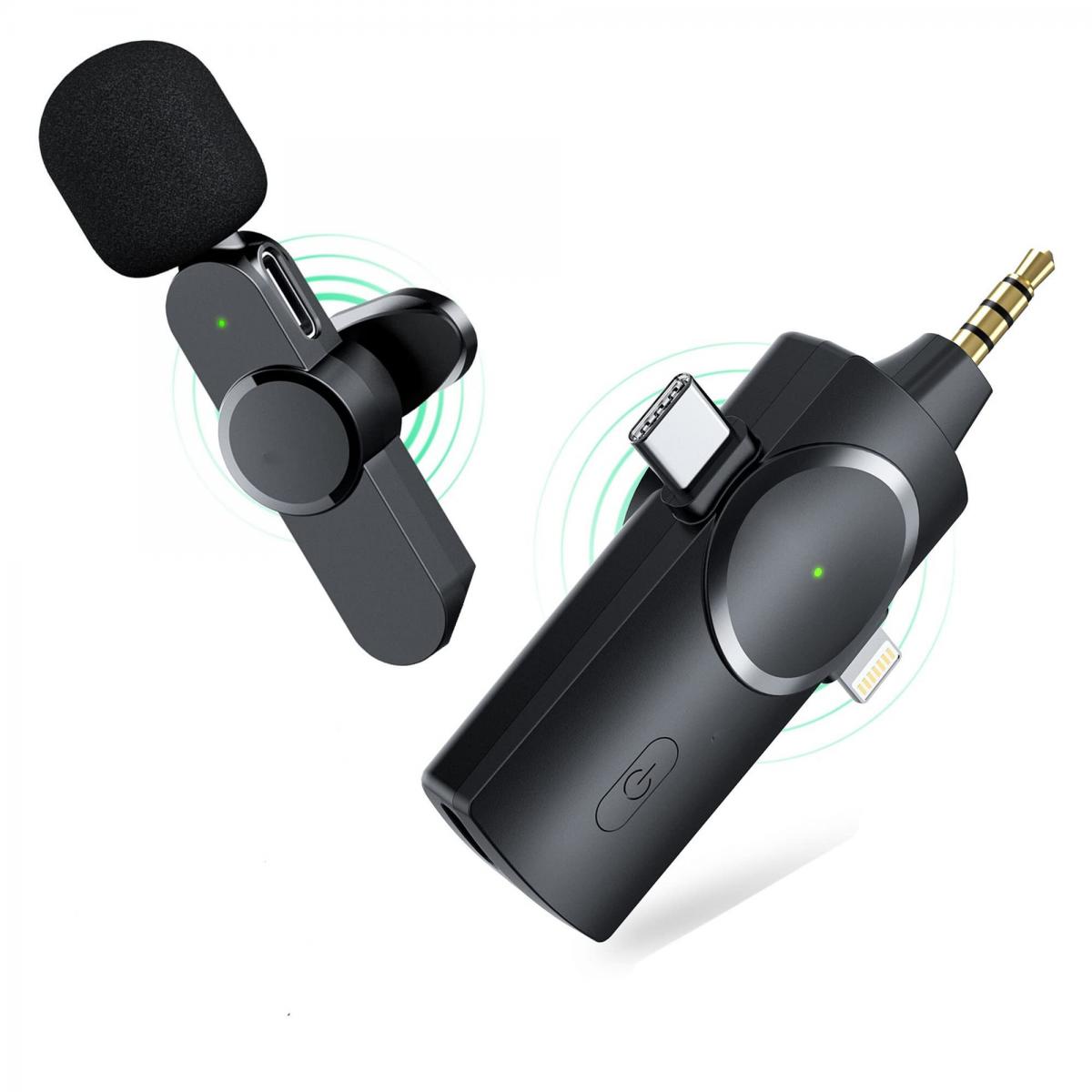
---
Understanding the Root Causes of Microphone Issues
Before diving into the solutions, it’s important to understand the potential causes of microphone issues:
1. Hardware Malfunction: Physical damage or improper connection.
2. Driver Issues: Outdated or corrupt drivers can prevent functionality.
3. Software Conflicts: Incorrect application settings or conflicts between applications.
4. Operating System Settings: Misconfigured privacy settings or audio controls in Windows 11.
5. Compatibility Issues: External devices may not be compatible with your system.
Identifying the root cause can help streamline the troubleshooting process.
---
Step-by-Step Troubleshooting for Microphone Issues
1. Check the Physical Connection
- For External Microphones: Ensure the microphone is securely connected to the correct port (USB or 3.5mm jack).
- For Built-in Microphones: Check if the laptop or device's hardware is functional.
- Cable Inspection: Look for visible damage to the microphone cable or connector.
2. Verify Microphone Functionality
To confirm the microphone is not defective:
1. Plug the microphone into another device (e.g., a smartphone or another computer).
2. Test the built-in microphone using a voice recording application.
If the microphone works on other devices, the issue lies within your Windows 11 system.
---
3. Enable and Configure the Microphone in Windows Settings
Sometimes, the microphone is disabled by default. Follow these steps:
1. Open Settings by pressing `Windows + I`.
2. Navigate to System > Sound.
3. Scroll to Input and select your microphone under Choose a device for speaking or recording.
4. Speak into the microphone and check if the input meter responds.
Adjust Volume Levels:
- In the same settings window, increase the microphone volume to ensure it’s not too low.
---
4. Allow Microphone Access
Windows 11 has stringent privacy settings that might restrict microphone access. To adjust these:
1. Go to Settings > Privacy & Security > Microphone.
2. Ensure the Microphone access toggle is enabled.
3. Scroll down and ensure individual apps (like Teams, Zoom, or Skype) have permission to use the microphone.
---
5. Update or Reinstall Audio Drivers
Outdated or corrupt drivers can cause your microphone to malfunction. To update or reinstall drivers:
1. Press `Windows + X` and select Device Manager.
2. Expand Audio inputs and outputs.
3. Right-click your microphone and choose Update driver.
4. Select Search automatically for drivers and follow the prompts.
To reinstall drivers:
1. Right-click the microphone device and choose Uninstall device.
2. Restart your computer. Windows will automatically reinstall the default driver.
---
6. Run the Windows Troubleshooter
Windows 11 includes a built-in troubleshooter to diagnose audio issues:
1. Open Settings > System > Troubleshoot > Other troubleshooters.
2. Locate and run the Recording Audio troubleshooter.
3. Follow the on-screen instructions to resolve detected issues.
---
7. Adjust Advanced Audio Settings
For finer control over microphone settings:
1. Open Control Panel and navigate to Hardware and Sound > Sound.
2. Switch to the Recording tab, select your microphone, and click Properties.
3. Under the Levels tab, ensure the volume is set appropriately.
4. In the Advanced tab, experiment with different sample rates (e.g., 44100 Hz or 48000 Hz).
Disable Audio Enhancements:
Some enhancements may interfere with your microphone. In the same Properties window, go to the Enhancements tab and check Disable all enhancements.
---
8. Resolve Application-Specific Issues
If the microphone works in some applications but not others, the issue could be app-specific:
1. Check the application’s audio settings to ensure the correct microphone is selected.
2. Update the application to the latest version.
3. Look for conflicting settings, such as push-to-talk, in communication apps.
---
9. Test with Third-Party Tools
To verify microphone functionality, use third-party applications or websites:
1. Websites like [Online Mic Test](https://www.onlinemictest.com/) can quickly confirm functionality.
2. Download voice recording or audio diagnostic software to identify advanced issues.
---
Common Pitfalls and How to Avoid Them
1. Ignoring Updates: Regularly update your system and applications to avoid compatibility issues.
2. Using Faulty Adapters: When using adapters for external microphones, ensure they are high-quality and compatible.
3. Not Restarting: After making major changes, always restart your computer to apply settings.
4. Overlooking Permissions: Many users forget to enable app-specific microphone permissions.
---
When to Seek Professional Help
If none of the steps above resolve the issue, it might indicate hardware damage or a deeper system problem. Consider:
1. Contacting the microphone manufacturer for support.
2. Consulting a professional technician to diagnose hardware issues.
3. Reinstalling Windows 11 if the problem appears to be OS-related.
---
Preventative Tips for Long-Term Functionality
1. Handle Microphones with Care: Prevent physical damage by avoiding pulling or twisting cables.
2. Use High-Quality Equipment: Invest in durable microphones compatible with Windows 11.
3. Regular Maintenance: Periodically clean your microphone and ensure drivers are updated.
4. Check Compatibility Before Updates: Ensure external devices are compatible with the latest Windows 11 updates.
---
Conclusion
Fixing microphone issues in Windows 11 requires a systematic approach, from verifying hardware functionality to fine-tuning software settings. By following the steps outlined in this guide, most users can diagnose and resolve microphone problems efficiently. For persistent issues, seeking professional support ensures that both hardware and software are functioning optimally.
Whether you’re using your microphone for work, gaming, or creative pursuits, this guide equips you with the knowledge to get it working seamlessly again.



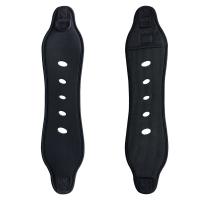
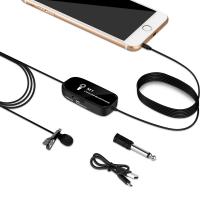
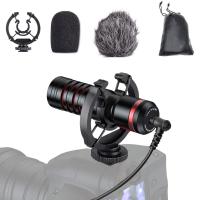

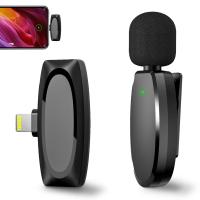
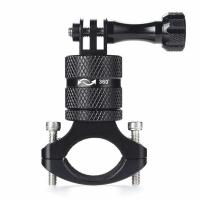

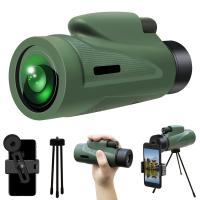
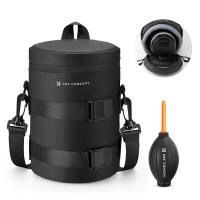



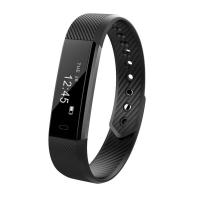




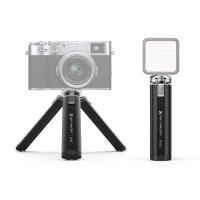

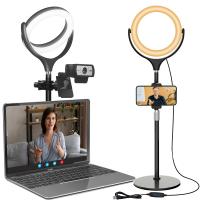
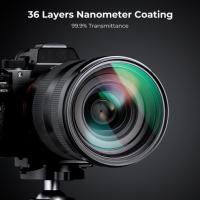

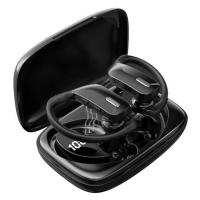



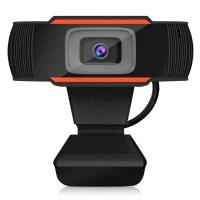
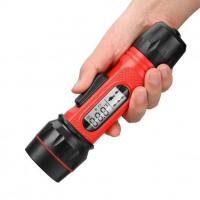


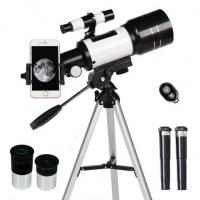
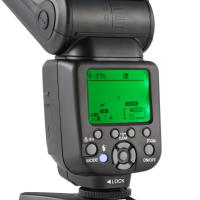



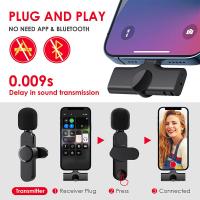

There are no comments for this blog.